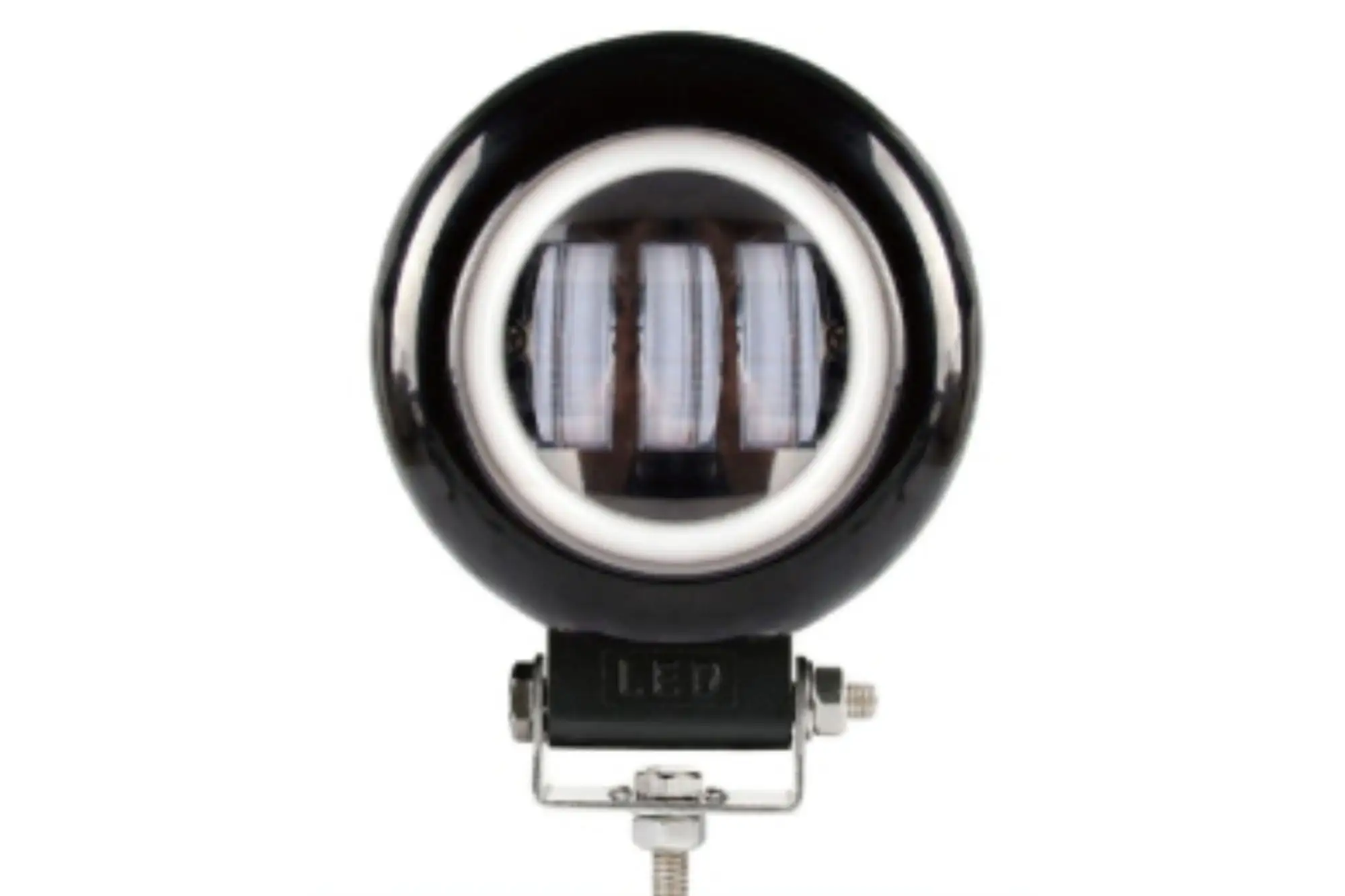Now in this day and age, any workplace can utilize LED work lights to enhance productivity, work safety, and the work overall. Probably due to their small proportions coupled with high brilliancy and low consumption of power, blue bulbs emerge as a good option where efficiency in lighting is concerned compared to the traditional dawn light lamps in the past. These lights are not limited; they can be utilized on construction sites, automotive workshops, the manufacturing of various products, and even outdoor maintenance activities.
Some sections of a working environment may be dark during construction activities so there arises a need for illuminating those parts which can be done using LED work lights to ensure all tasks are done professionally and safely. Shock and vibration impact have been noted as some of the tough working conditions, but LED work lights can still survive them. Such lamps can do wonders in car washes, enabling them to examine and repair the cars accurately while minimizing eye strain. Cost efficient LEDs can also beef up the productivity and enhance the supervision of various production processes all thanks to the instantaneous start and flicker free qualities. The harsh weather conditions outside will also not be a barrier for LED work lights and their long working hours will make sure LED work lights facilitate various activities very effectively.
LED work lights have many advantages. They are ready to be used immediately, which is not the case with many other lights. Unlike other work lights, they are extremely energy-efficient and therefore save money and the environment. Their durability enables these lights to be dependable in harsh use and extreme settings. The distribution of light in one plane minimizes shadows while maximizing visibility. The high CRI makes the differentiation of colors easier which is essential for different activities. Another would be portability as these LED work lights can be used in both stationary and mobile applications. Growing use of incandescent lamps is another interesting factor which helps to lower maintenance and replacement costs.
All in all, the future of these LED work lights appears very promising in the next few years. Advances in smart lighting are apparent with the integration of sensors and wireless controls for dimming to motion and impact sensors, as well as remote monitoring. Another development currently underway is flexible LED technology which makes production of deformable and bendable work lights for specific work environments and tasks possible. Proper strong building materials with proper coatings will further increase the lifespan of these lights.
Ultimately, LED work lights provide significant advantages in working construction in different fields. Some of them are the versatility offered by energy efficiency, durability, transportability, and optimal lighting quality. These factors together set the stage for LED work lights to be among the most innovative designs as technology advances. And in that regard, more sophisticated work environments will be created within all industries worldwide.

